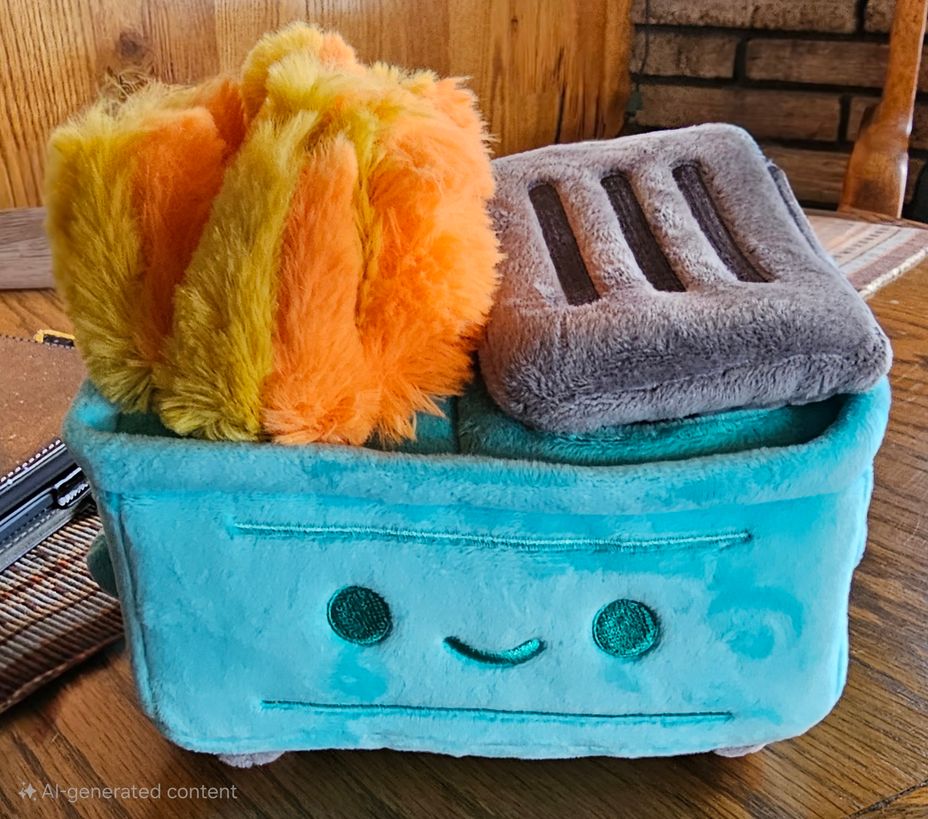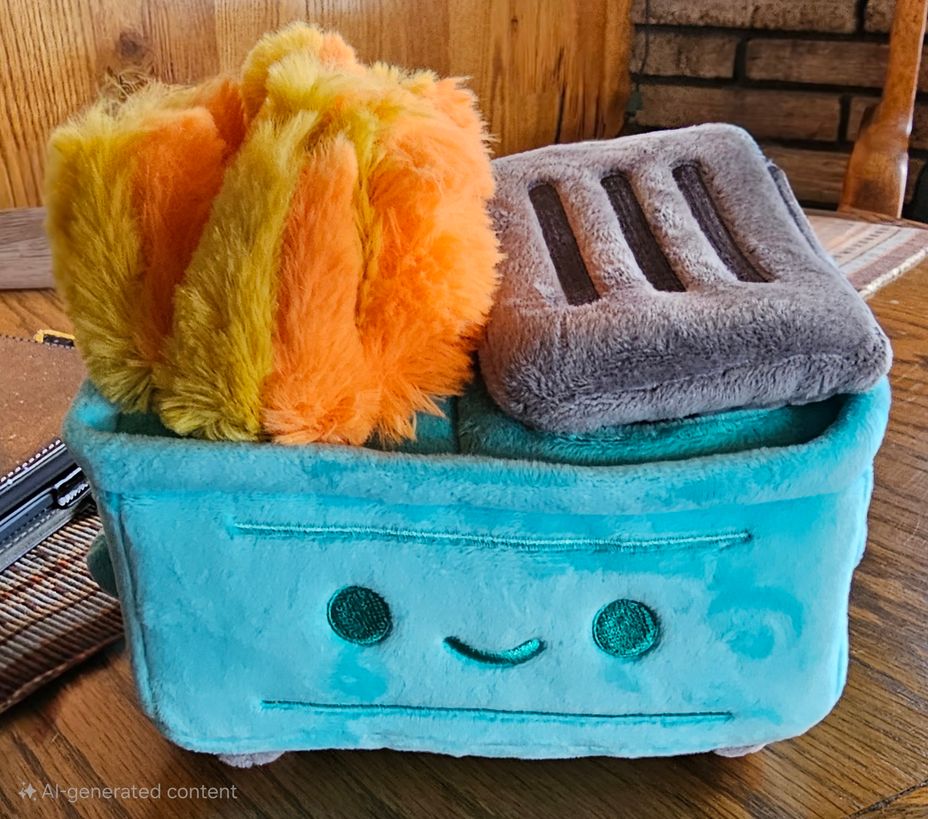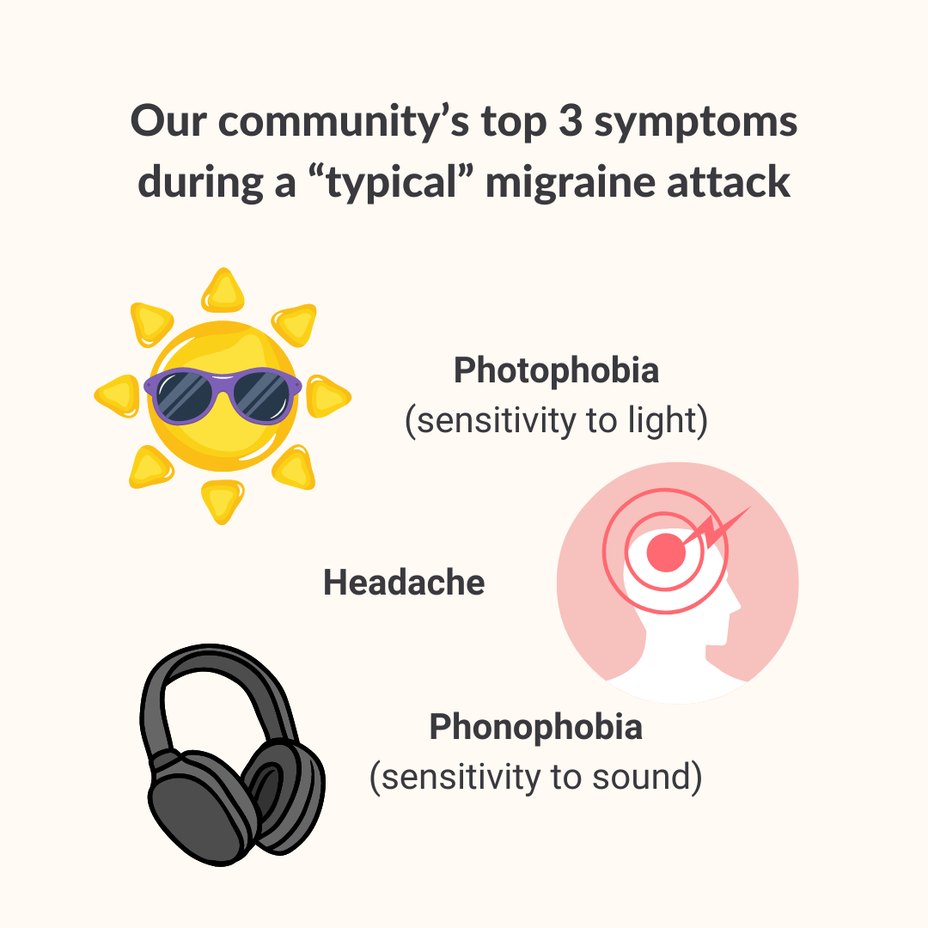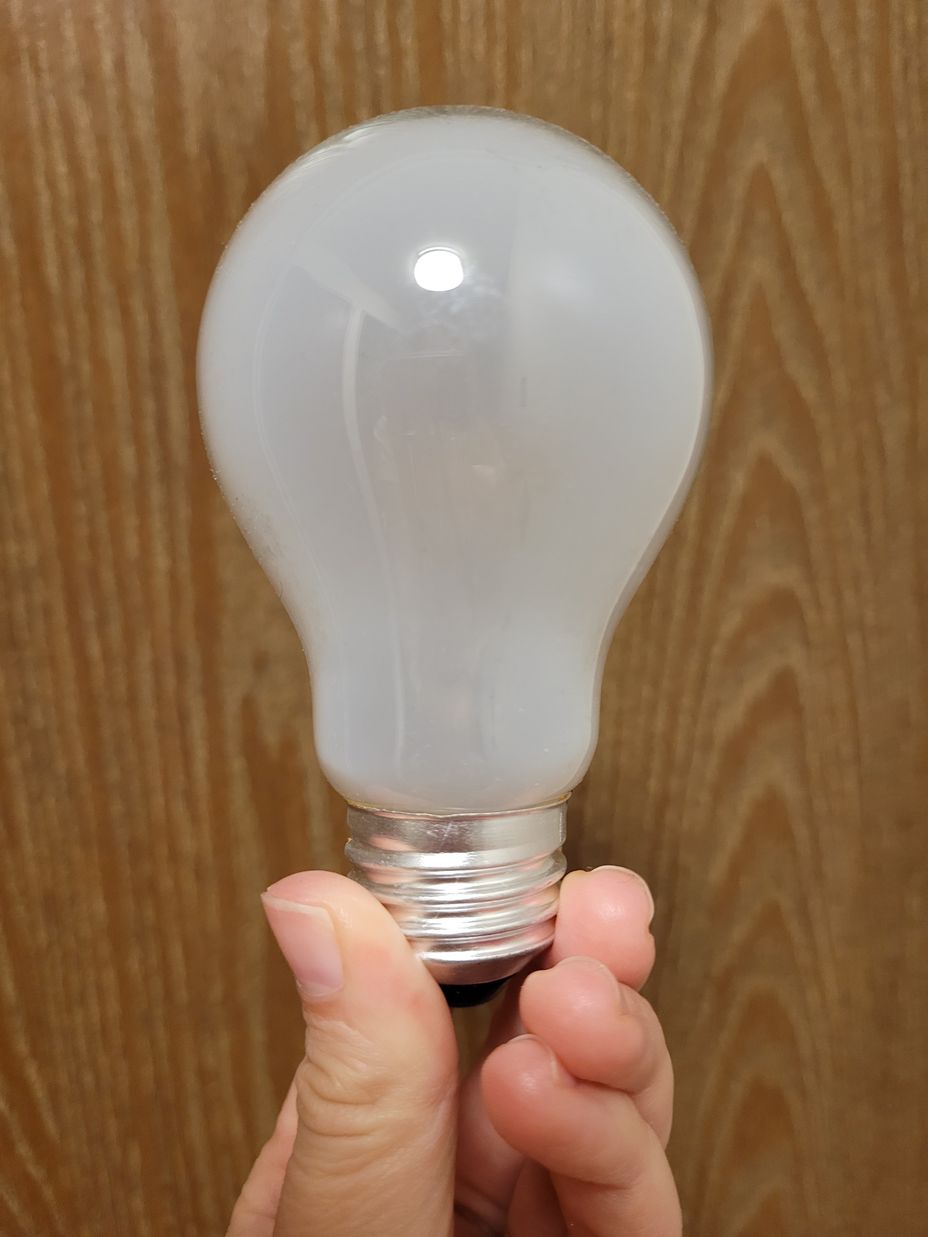People with autism/autism spectrum disorder (ASD) may experience various types of headaches, and studies have shown that the prevalence of migraine in ASD patients is higher than that in non-autistic patients. Studies estimate that approximately 50% or more of ASD patients suffer from migraines or frequent headaches. This prevalence is significantly higher than the general population. Like the general population, women are three times more likely to suffer from migraines than men, so autistic women are particularly susceptible to this type of headache. Migraines and tension headaches are the most common types of headaches in the ASD patient population, and the chances of migraines are higher than those of tension headaches.
Description of headache types in patients with autism/autism
Main types of headaches in patients with ASD
Migraine: characterized by moderate to severe throbbing pain, often accompanied by sensitivity to light and sound, nausea, and visual disturbances. Migraines can seriously affect daily function and may require specific treatment under the diagnosis of a professional doctor.
Timely diagnosis is essential to avoid debilitating consequences. Migraine aura is a sensory symptom (neurological, gastrointestinal, and autonomic) that may occur before or during a migraine attack. These symptoms may include visual flashes, blind spots, or tingling in the hands or face. When stimulated, nerves send electrical signals to the brainstem, which connects to nerves in the cortex and its covering, the dura mater.
Tension headaches: Often described as a dull ache around the head or neck. Tension headaches can be caused by muscle tension or stress and can vary in intensity. People with autism may be more susceptible to tension headaches due to heightened sensory sensitivities and emotional factors.
They are often called "hatband" headaches because they usually ache around the back of the head, temples, and forehead, like wearing a tight hat. Tension-type headaches (TTH) are recurring headaches that last from a few minutes to a few weeks. The pain is usually compressive or tight in nature, mild to moderate in intensity, and bilateral in location, and is not worsened by daily physical activity. Nausea and vomiting are not usually present, but photophobia or phonophobia may be present. Tension headaches can coexist with migraines, and one headache can transform into or trigger the other. Tension headaches often respond to physical therapy, relaxation therapy, and anti-inflammatory medications or muscle relaxants.
Sinus headaches: Sinus headaches are characterized by pain or pressure in the forehead, cheeks, eye sockets, eyebrows, or bridge of the nose. These headaches may be headache-only and not accompanied by sinusitis symptoms. Sinus migraines occur due to overactivity of the trigeminal nerve and the autonomic nervous system. The first branch of the trigeminal nerve is responsible for the head pain caused by migraines, but the second branch connects to sensors in the sinuses, which can cause pressure and pain in the forehead, behind the eyes or in the nose, and under the cheeks, mimicking some of the symptoms of sinusitis.
Cluster headaches:
Understanding the prevalence of headaches in autism and recognizing common headache types can help patients and their families seek appropriate support and develop personalized interventions. Attacks typically last 15 minutes to 3 hours and occur from once every other day to 8 times a day. These frequently recurring attacks occur in clusters (cluster periods), usually separated by periods of symptom-free remission, which often last for several months. There are diurnal and seasonal differences in the frequency of attacks, with higher frequencies at night and in spring and autumn. Phonophobia and photophobia in cluster headaches occur unilaterally (usually on the side with pain), while in migraines, phonophobia and photophobia occur bilaterally.
Symptoms of headaches in patients with autism spectrum disorder (ASD)
Sensory impairment: Many patients will experience sensory impairment, such as sensitivity to light, sound or smell. Some patients may also experience visual impairment, such as seeing flashes or blind spots, due to the sudden need to be in a dark and quiet space (photophobia and phonophobia).
Severe headaches: Young patients usually experience severe headaches and strong irritability. Some children even show aggressive or self-harming behaviors. Headaches may last for hours or even days, which may make patients more withdrawn or irritable and difficult to concentrate. These headaches are usually aggravated by physical activity and may be accompanied by dizziness, nausea, abdominal pain or vomiting. Child patients will repeatedly touch or hit their heads, use their heads to press against the wall or other hard objects to press on the head and nose bridge, and bite clothes, pillows and the back of the hand when they have a headache.
Fatigue and mood changes: Headaches can cause fatigue and mood changes in patients, including irritability, depression or anxiety, which can seriously affect daily functions. Some autistic children do not have the habit of taking naps, so they feel tired between 5 and 6 in the evening. Many patients are prone to headaches during this period.
Sleep disorders: Headaches can disrupt patients' sleep patterns. Children with ASD may have difficulty falling asleep or frequently wake up and cry at night
Phantom tooth pain: Many headache patients have trigeminal nerve conduction problems. Trigeminal neuralgia can cause pain in the upper teeth of patients. Some children still have unresolved pain after tooth extraction or root canal treatment
Relaxed satisfaction: Sometimes after the headache attack ends, children will show a happy and relaxed satisfaction
It is worth noting that not all autistic children will show the same signs and symptoms. Headaches vary in manifestation, and some children may not be able to express their pain or the type of experience in words. Therefore, parents need to closely observe their children's behavior and consult a professional doctor if they suspect that their children have headache symptoms.
Some common symptoms of autism and migraines
Sensitivity to light and sound: People with autism and migraines may both be highly sensitive to light and sound, which may exacerbate their symptoms.
Headaches: Both conditions can cause headaches, although the nature and intensity of the headaches may vary. People with autism may have difficulty expressing their pain or describing the feeling of a headache, so healthcare providers must consider their unique communication style.
Disrupted sleep patterns: Both autism and migraines can disrupt sleep patterns, making it difficult to fall asleep or stay asleep. This can lead to increased fatigue and worsening of other symptoms.
Difficulty in diagnosis
Diagnosing migraine in children with autism can be complicated due to a variety of factors. These challenges may include:
Communication difficulties: Children with autism may have difficulty accurately expressing their symptoms or describing their pain. They may have limited verbal communication skills or difficulty expressing themselves, making it more difficult for parents and healthcare professionals to identify migraine.
Symptom overlap: Migraine symptoms may overlap with core symptoms of autism, such as sensory sensitivity and behavioral changes. Distinguishing these symptoms can be tricky and may require careful observation and tracking of patterns.
Nonverbal children: Nonverbal children with autism face additional challenges in expressing pain or discomfort. Parents and healthcare professionals must rely on other communication methods, such as observing behavioral changes or using visual aids, to assess the presence of




